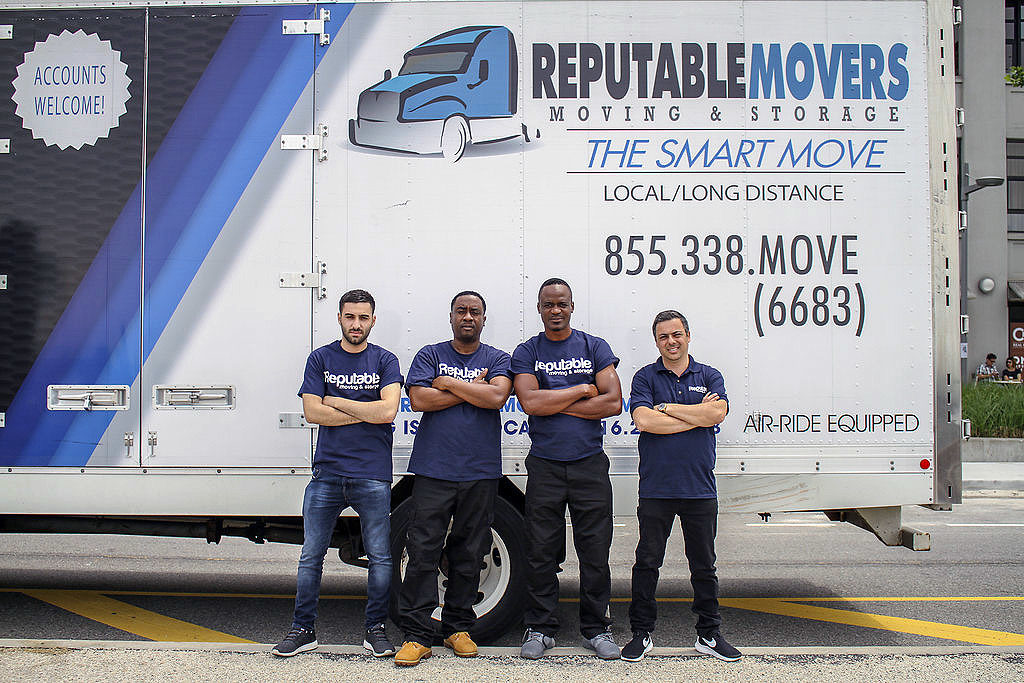
30 Oct How to Move a Piano
Ok, so, for whatever reason, you’ve decided that you want to move a piano, I’m assuming your piano, by yourself. Being that a piano is a large, intricate instrument (try saying that 10 times quickly:)) with many delicate components and parts, moving one yourself can be risky and must be done carefully. Moving a piano with the right amount of caution will not only protect its exterior from nicks or scratches but it will also keep all the strings, felt hammers, pedals and ivory on its insides from getting damaged. This will ensure that by the time the move is done, your piano’s pitch and tone will not have changed even one iota.
Learning how to move a piano the right way can take time and effort, but is imperative to ensuring that it stay completely intact. This guide will give you the information you need to do just that.
How to move your piano without damaging it
- 1. Become Familiar:
Before you set out on your mission of safely moving your piano, it’s important to get to know it and what moving it is all about.
The first thing to note is that a piano, no matter what size it is, is extremely heavy. Not only that, but its heavy weight is not evenly distributed, rather, it’s very top-heavy and has light-weight, delicate legs.
These two attributes combined make it necessary for at least four people to work together in order to move your piano safely and properly. Two out of the four will help lift the heavy instrument while the others will help put the equipment in the proper place and guide the piano around tight corners and up into the moving truck. - 2. Getting Ready:
Now that you know what you’re up against, it’s time to gather your equipment and prepare everyone who will be part of the move for the job ahead. Investing in the proper equipment is a vital part of successfully moving your piano.
Firstly, you’ll want to get some heavy duty furniture straps in order to help ease the load’s weight on those lifting it. Additionally, a four-wheel furniture dolly is needed for the flat surfaces; rolling it along on a dolly is much easier than dragging it directly on the floor. It will also save your muscles and significantly reduce your’s and your team’s chances of getting injured. If your piano is particularly large, you may need two dollies, one for each side.
To ensure everyone’s comfort, safety and reduce chances of injury, make sure that everyone is dressed comfortably with no dangling accessories or jewelry on the day of the move. Hanging elements are at risk of getting stuck in the piano and causing significant injury.
Finally, discuss a clear and detailed plan of action with everyone who will be helping during the move, before you start anything. Make sure everyone is clear about the route you’ll be taking, the method of lifting and maneuvering and what potential pitfalls to be careful of. It’s also important to assign each person with a specific responsibility, whether it’s lifting or guiding, and a specific part of the piano he/she is in charge of watching over. Explaining your plan of action and assigning specific responsibilities will prevent unnecessary issues and/or questions from coming up while the piano is suspended in mid-air. - 3. The Piano:
The piano lid should be closed and locked before you begin moving it. If your piano does not have a lid, then wrap it tightly with a blanket and secure it with packing tape in order to ensure that it does not open. Keys are very fragile and can get damaged easily if they are not properly protected.
If you’re moving a grand piano, the easiest way is to remove the legs completely. Then completely wrap the instrument in a blanket as a protection and secure it with packing tape.
In general, do not roll the piano on it’s coasters, they are mainly for decorative purposes. They can also scratch hardwood floors if they are rolled along. Ideally, the coasters should be completely removed since that will help the piano balance on the dolly. - 4. The Move:
Once your team is prepared, all your equipment is gathered and your piano is ready for transport (if you can’t resist, sit down and play a warm-up song for your team and then… :)), your ready for the move.
Arrange the straps under each end of the piano and have at least two people lift; one on each side. The straps should fit their hands comfortably but not irritate or pinch the lifters’ skin. When you actually lift the piano, make sure it stays in its upright position. If it lays or tilts, it can fall on a participant and cause significant injury as well as cause inside damage to the piano itself. Lift the piano and place it carefully on the dolly/dollies, making sure that it’s balanced so that it will not slip off while you roll the dollies.
If you need to go over a bump, do so very carefully and slowly, lifting the first two wheels and then the back two wheels. When you get to the truck’s ramp, since the bass clef side is heavier, make sure the trouble clef side goes up first. At least two people should be on the bass clef side and one on the trouble clef side to help guide and pull the piano up the ramp.
The piano should be the first thing loaded onto the moving truck, securing it at the back of the truck. You’ll need a lot of boxes and furniture around it to keep it from moving around as you drive. In addition, you should also use moving straps to keep it in place, even if you’ll put more things around it. Also, a truck’s inside is not usually level, so evening the bottom of the piano with pieces of wood will relieve pressure from one side of the instrument and prevent damage.
The bottom line
With all that said, whether you’re moving your piano yourself to save some money or because you don’t want to entrust your piano in the hands of others, think long and hard before you do this yourself and make sure that this is really what you want to do.
A piano is very delicate and moving it takes a lot of extra care and caution. But as much caution as you may use, experience always far surpasses any precautions you can take. Hiring professional piano movers who are experienced in moving pianos properly and have done so multiple times in the past is probably a better plan. Besides for the fact that your piano will be in good hands and have the least chance of getting damaged, but at the end of the day, it’s the most cost efficient and safe way as well. It may come at a higher initial price, but if you move it yourself and cause damage to your floor or piano – repairs will far surpass the cost of hiring movers. You’ll also protect yourself and your friends from potential injury while making the move.

So next time you want to move your piano, call reputable moving, the trustworthy, reliable and experienced piano moving experts. You’ll save yourself unnecessary stress, time, and money, and your piano will be safe in the hands of experienced piano movers.
















Sorry, the comment form is closed at this time.